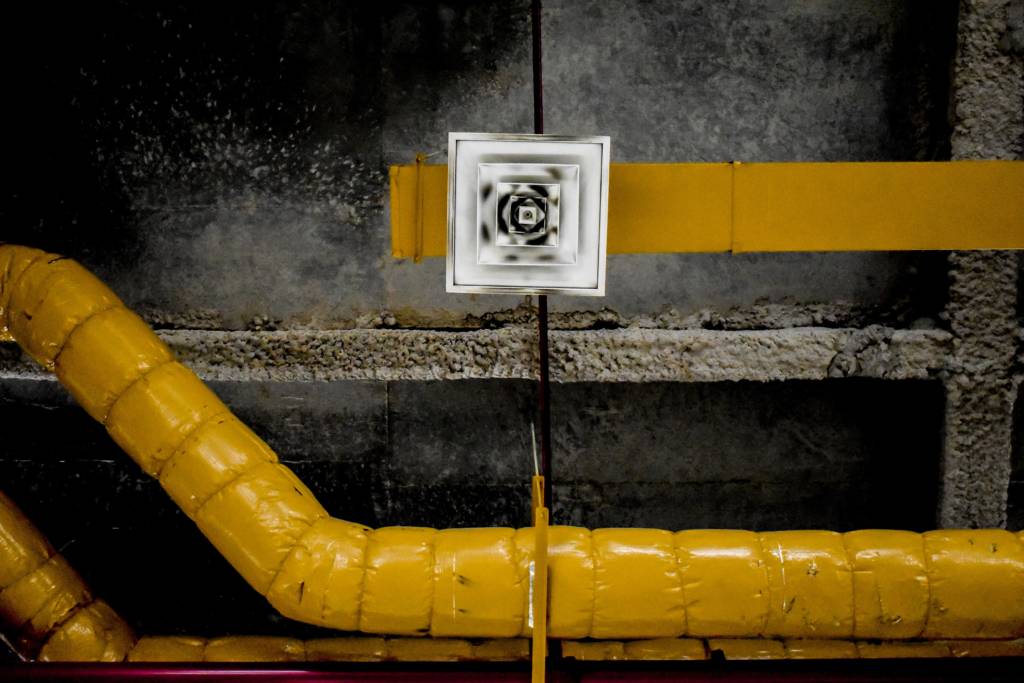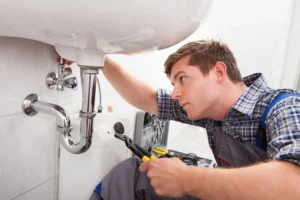The ductwork in your home acts like a hidden highway, carrying warm or cool air from your HVAC system into every room. Air flows through supply ducts to your supply registers, delivering comfort where you need it. At the same time, return ducts pull air back in for reconditioning.
But if there are leaks anywhere along the way, things can go wrong fast.
Not only will your home feel less comfortable with uneven temperatures or weak airflow but you’ll also feel the impact on your energy bill. Heated or cooled air escapes through gaps and cracks, forcing your system to work overtime. Worse yet, leaky ducts can pull in dust, allergens, and even mold from crawlspaces or attics, circulating them throughout your home.
That means you’re not just wasting money you could also be compromising your indoor air quality and health.
ou may not see your ductwork every day, but it’s working behind the scenes to keep your home comfortable. Unfortunately, in many homes, 20% or more of the air moving through ducts is lost due to leaks. That’s not just a loss of air it’s a loss of efficiency, comfort, and money.
When your ducts are leaking, your heating and cooling system has to work overtime to maintain the right temperature, which can drive up your energy bills. According to energy experts, this can lower your system’s efficiency by as much as 20 percent. And it doesn’t stop there leaky return ducts can pull in unfiltered air from places like your attic or crawlspace, circulating dust, pollutants, and allergens throughout your home. This can potentially affect your family’s health and well-being.
Where Are These Leaks Coming From?
Ductwork typically runs through unconditioned areas like your attic, basement, crawlspace, or garage. These areas are more prone to extreme temperatures and exposure to dust, pests, and moisture.
Ducts can be made of different materials:
- Sheet metal
- Fiberglass duct board
- Flexible duct (flex duct) – sometimes insulated, sometimes not
No matter the material, one thing’s for sure leaks are common.
Warning Signs of Leaky Ductwork
Your home might already be giving you clues that something’s not right. Ask yourself:
- Are some rooms always hotter or colder than others?
- Do certain areas get dusty right after you turn on the HVAC?
- Have you noticed your energy bills climbing without explanation?
These signs can all point to leaky ducts. Uneven temperatures may mean air isn’t reaching certain rooms. Dusty air could be a result of contaminants being drawn in through gaps in the return ducts. And if your bills are rising, your HVAC system might be working overtime to compensate for lost air.
The Role of Insulation in Efficiency
In addition to sealing leaks, proper insulation is critical. Ducts made from materials like sheet metal can lose 10–30% of heating or cooling energy if they run through unconditioned spaces. This not only wastes energy, but it can also lead to condensation, which encourages mold growth, rusting, and moisture damage.
Can You Fix It Yourself?
While the EPA recommends hiring a professional to seal and insulate ductwork, some homeowners may choose to do it themselves if it’s safe to do so.
Before you begin, do a thorough safety check. Look for:
- Structural issues in your home
- Design flaws or damage in your duct system
- Signs of mold, asbestos, or contaminants
- Any electrical hazards, like outdated wiring
- Insect or animal infestations
- Any materials or spaces that may pose health or fire risks
If any of these are present, stop and call a qualified technician before proceeding.
Sealing vs. Insulating: What Comes First?
Always start by sealing all leaks. Insulation won’t help much if air is still escaping. Use appropriate materials like mastic sealant or metal-backed tape (never standard duct tape, which can fail over time). Once sealed, proceed with insulation unless you’re using pre-insulated sleeves designed for round ducts, in which case both steps may be done together.
Protect Your Comfort with Prestige Home Guard
At Prestige Home Guard, we’re not just here to protect your appliances—we’re here to protect your comfort, health, and savings. Proper ductwork maintenance can improve indoor air quality, reduce energy bills, and extend the life of your HVAC system.
Need help or want to learn more about coverage? Our team is just a call away.










